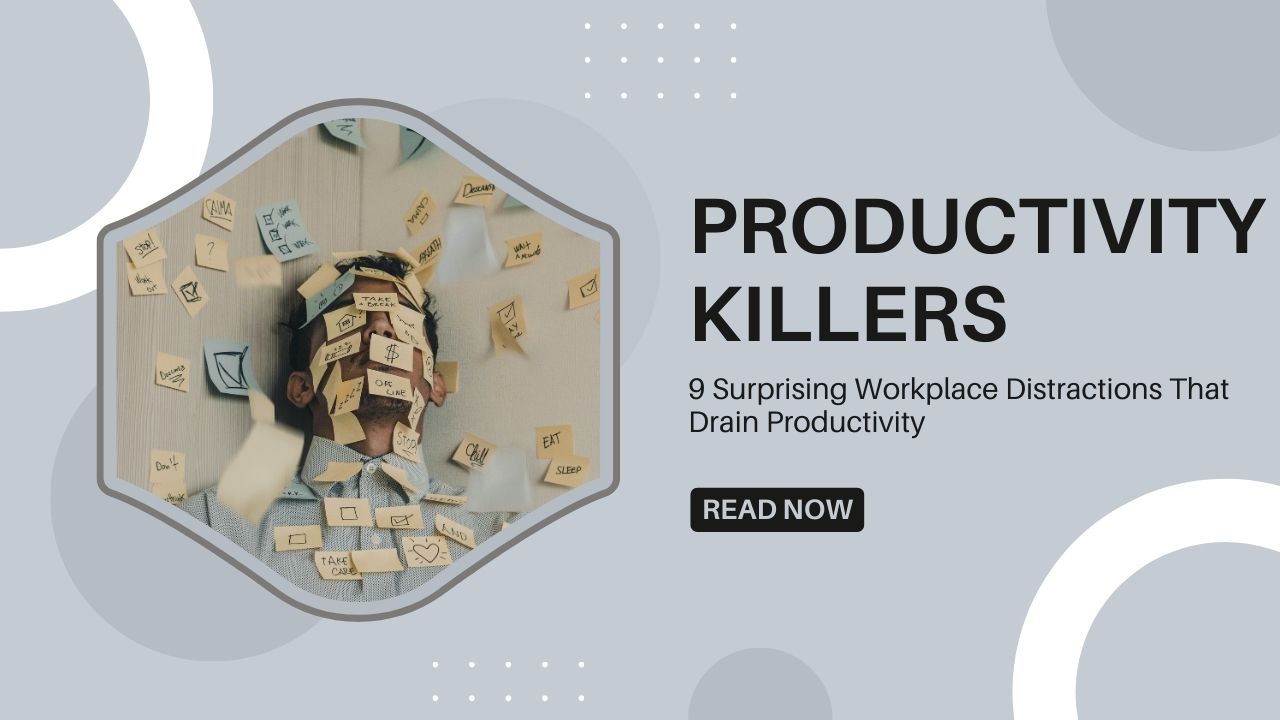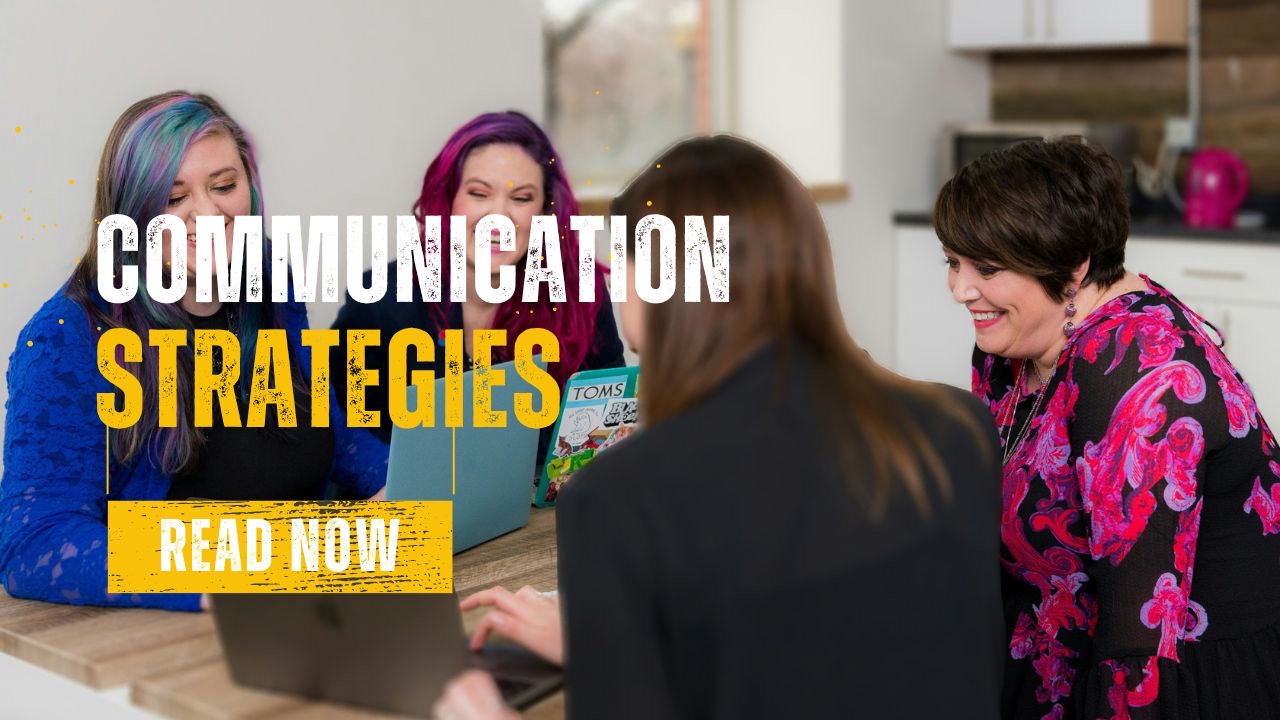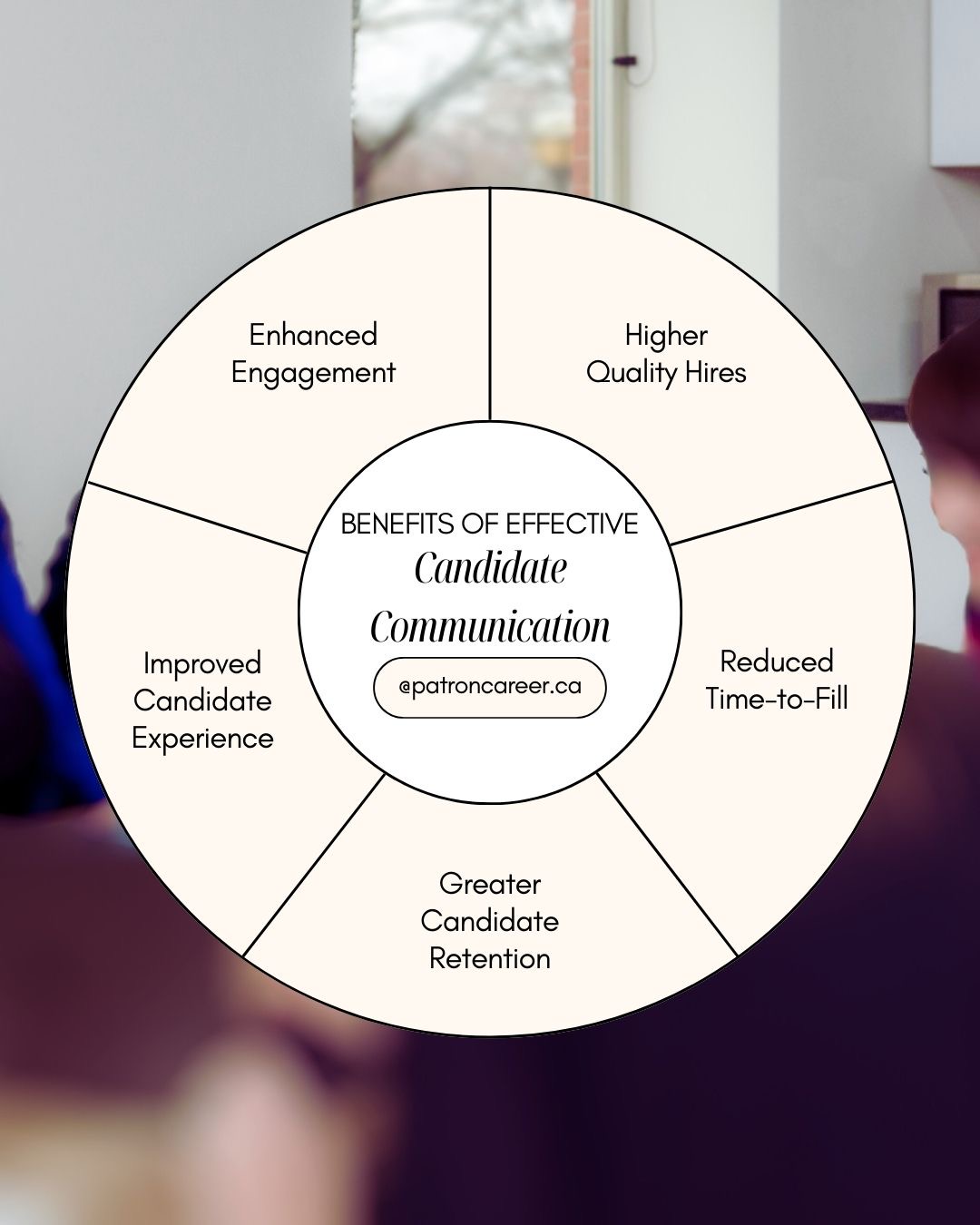
Hidden Productivity Killers
9 July, 2024
Patron Career Staffing firmly believes in adopting a tailored approach to meet temporary and permanent recruitment needs. We safeguard the interest of our clients by finding such workers who are knowledgeable and reliable.
About UsNeed help? Make a Call
32 Dundas Street East Unit A, L5A1W2

The world of talent acquisition demands effective candidate communication for a successful recruitment landscape. It is the lifeblood of driving engagement in candidates and new hires. Employers must understand the pivotal role of clear and engaging communication within the workplace. Employers can draw in and retain top-tier talent with the effective strategies PCS has gathered in this informative blog space. Today, we delve into a journey to explore nine robust communication strategies crafted to upraise innovation, productivity and teamwork in your workspace.
Read on to unlock the keys to successful candidate communication.

1. Personalized Outreach
Personalized outreach stands out as a crucial strategy for fostering meaningful connections with potential candidates. By tailoring communication to suit the individual, a sense of genuine interest is conveyed, thus cultivating an atmosphere where each candidate feels valued and respected. Whether it's through personalized emails, phone calls, or messages, the act of recognizing specific skills or experiences serves to deepen engagement and leave a lasting impression.
This personalized approach extends beyond mere communication tactics; it reflects a broader commitment to understanding and addressing the unique needs of each individual encountered. By taking the time to acknowledge and appreciate the diverse backgrounds and aspirations of candidates, a welcoming and inclusive environment is established. This not only enhances engagement but also lays the foundation for building authentic connections that extend beyond the initial interaction. In essence, personalized outreach is a powerful tool for nurturing relationships based on mutual respect and understanding.
2. Transparent Expectations
Transparent expectations are vital in establishing trust and clarity in the recruitment process. By openly communicating job roles, responsibilities, and the various stages of recruitment, candidates are empowered to make informed decisions. This transparency not only reduces uncertainty but also ensures a smoother journey for candidates. It builds confidence and fosters positive relationships between recruiters and candidates. Moreover, transparent communication demonstrates integrity and accountability, laying the foundation for mutual respect and understanding throughout the hiring process.
Furthermore, transparent communication regarding expectations helps to actively engage candidates by providing them with a clear understanding of what to expect. This clarity reduces ambiguity and encourages candidates to actively participate in the recruitment process. By fostering an environment of openness and honesty, transparent expectations contribute to heightened candidate engagement and commitment.
3. Active Listening
Active listening is a fundamental aspect of effective communication. By attentively considering candidates' concerns, inquiries, and feedback , recruiters demonstrate empathy and understanding. This two-way dialogue not only cultivates a collaborative atmosphere but also provides valuable insights into candidates' motivations and aspirations, thus strengthening the relationship between recruiters and candidates.
Embracing active listening fosters an environment where candidates feel heard and valued. By acknowledging their perspectives and engaging in meaningful dialogue, recruiters can forge deeper connections and establish trust. This approach not only enhances the recruitment experience but also lays the groundwork for long-term relationships built on mutual respect and understanding.
Read our latest blog, here.
4. Multiple Channels
Utilizing multiple communication channels is paramount in modern talent acquisition practices. By diversifying channels such as emails, phone calls, social media platforms, and messaging apps, recruiters ensure accessibility and cater to candidates' preferences. This strategic approach not only facilitates seamless interaction but also enhances engagement across diverse demographics, thereby broadening the reach of recruitment efforts.
In embracing a multi-channel communication strategy, recruiters can effectively connect with candidates on platforms they are most comfortable with, thereby increasing the likelihood of meaningful engagement. By accommodating diverse preferences, recruiters demonstrate adaptability and a commitment to meeting candidates' needs. This inclusive approach fosters stronger relationships and ultimately contributes to a more successful recruitment process.
5. Consistent Updates
Consistent updates play a pivotal role in maintaining candidate engagement throughout the recruitment process. By keeping candidates informed about the status of their applications, upcoming interviews, and any relevant developments, recruiters demonstrate organizational efficiency and a commitment to transparency. This proactive approach instils confidence in candidates and reinforces their interest in the position, ensuring a positive experience regardless of the outcome.
Moreover, regular updates reflect respect for candidates' time and effort invested in the application process. By providing timely and relevant information, recruiters foster trust and open communication, laying the foundation for a strong candidate-recruiter relationship. Consistent updates not only showcase professionalism but also contribute to a smoother and more satisfying recruitment journey for candidates, ultimately enhancing the overall candidate experience.
6. Clear Communication of Company Culture
When onboarding new hires, it's crucial to communicate and convey cogently the company’s work culture, values, policies and environment to allow candidates to fit in early on. Set an example by propagating employee testimonials, and workplace initiatives, and give them insights into company dynamics. Strive to make the employees feel at home by helping them envision themselves as part of your team.

7. Empathetic Approach
Empathy is paramount in building meaningful connections, enabling the establishment of meaningful connections between recruiters and candidates. By delving deeper into candidates' motivations, concerns, and aspirations, recruiters can cultivate trust and rapport. Recognizing the individual circumstances of each candidate and demonstrating genuine concern not only enhances engagement but also fosters a supportive and understanding environment throughout the recruitment process. In prioritizing empathy, recruiters can create a more positive and impactful experience for candidates, ultimately strengthening the candidate-recruiter relationship.
8. Interactive Content
Utilizing interactive content, such as videos, webinars, or virtual tours, offers a dynamic approach to engaging candidates in the recruitment process. These mediums provide candidates with a more immersive experience, allowing them to gain insights into the company culture, meet potential team members, and understand the organization on a deeper level. By incorporating interactive elements, recruiters can foster deeper engagement and interest among candidates, ultimately enhancing the overall recruitment experience.
9. Post-Hire Engagement
Communication shouldn’t end with recruitment. Effective post-hire engagement is crucial for fostering long-term relationships with employees. It involves maintaining regular communication through various channels, such as onboarding updates, check-ins, and feedback sessions. By demonstrating ongoing support and investment in employees' professional growth and development, employers reinforce their commitment to nurturing a positive work environment and ensuring the success and satisfaction of their team members. This continued engagement not only enhances employee morale but also contributes to higher levels of productivity and retention, ultimately benefiting both the individual and the organization as a whole.
